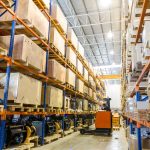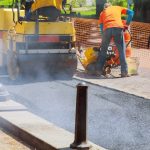In a world when we know all plastic bottles should be recycled, understanding their labelling helps you to know whether you can use the bottle safely again or direct it to your recycling plant. However, for complete plastics identification, you would need to turn to lab testing to fully understand what you have in front of you.
Understanding Plastic Bottle Indicators
Manufacturers of plastic bottles have formulated a number of indicators which are stamped on the majority of plastic bottles so that individuals will understand how the bottle can next be used. This helps the recycling industry for plastics identification to ensure plastics are recycled with like-for-like indicators
The majority of disposable soda and water bottles are identified as plastic #1, known as PET. This is a mostly safe plastic, but bacteria can grow in the porous surface, so they should not be reused as drinking vessels.
Plastic #2 (HDPE) used for milk jugs and juice bottles is relatively safe to reuse once or twice, whereas plastic #3 known better as PVC, used for plumbing pipes, is not safe for cooking and is refused by most recycling initiatives.
Plastic #4 (LDPE) is used for bread bags and grocery bags and with this plastics identification, is not usually acceptable for recycling, although some grocery bags are purposely made of recyclable material.
Yoghurt cups are mostly safe and often recycled as plastic #5, but plastic #6 known as polystyrene or Styrofoam has often been featured in the news as leaking toxic chemicals and many experts suggest this plastic is avoided altogether. In most examples of plastic #6, the content may not break down over hundreds of years and is never recyclable.
What About Polyethylene Wraps and Bags?
This is where confusion enters the domestic marketplace. The majority of advice suggests that plastic bags are not recyclable, yet there is a strong marketplace for recycling polyethylene wraps and bags as they are worth more, for each pound in weight, than recycled paper and cardboard.
Unless you have access to a plastics identification lab, it is difficult to identify which plastic bags and wraps can be recycled compared to those that cannot. There is a marked movement towards making plastic bags that can be recycled, but the cost per bag is still more than a bag that cannot be recycled and the cost must be passed onto the consumer in the majority of situations.
Being able to identify which plastics are recyclable and which are not helps individual consumers and organisations make environmentally friendly decisions about the types of plastics they will purchase and those to be refused.






